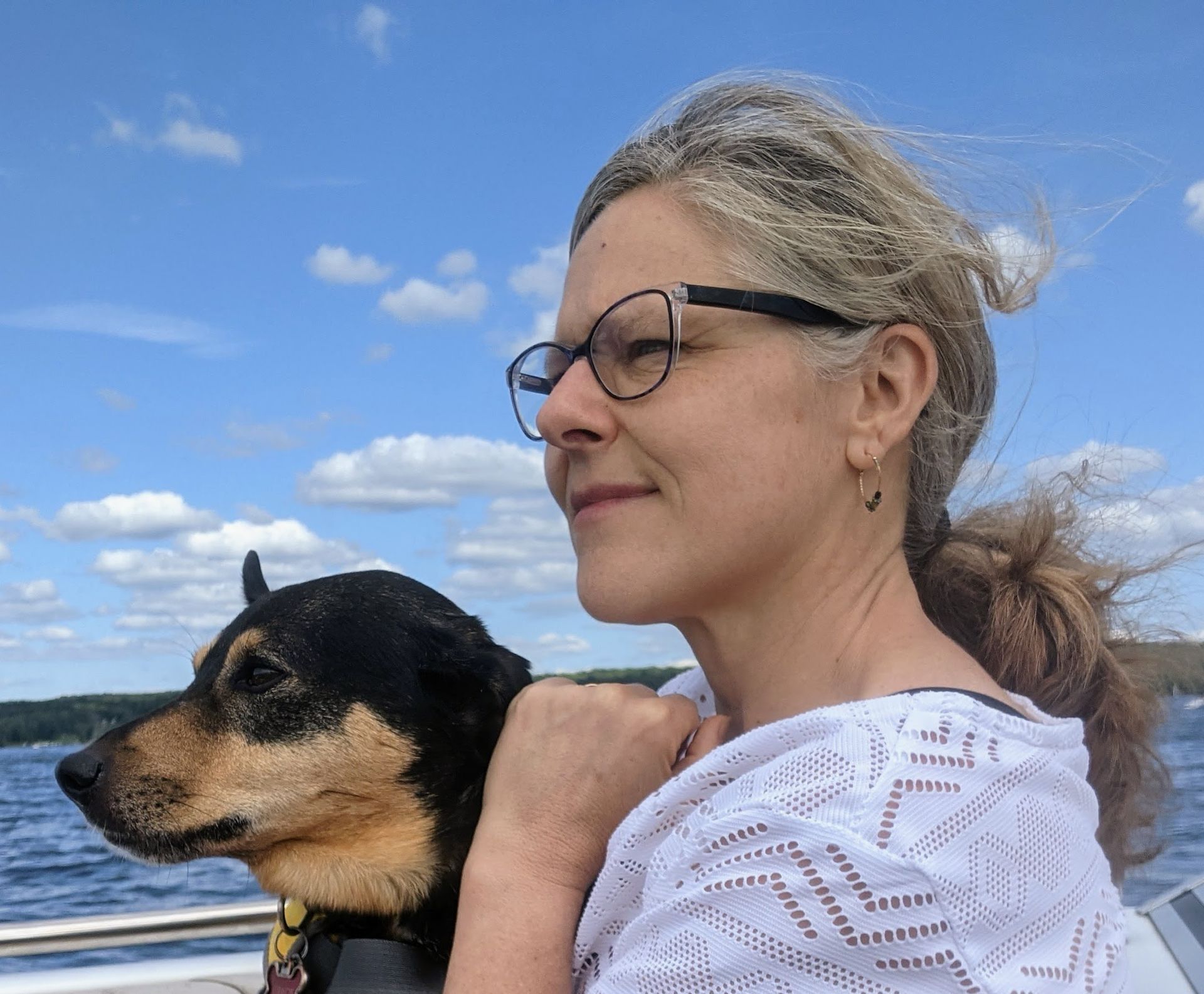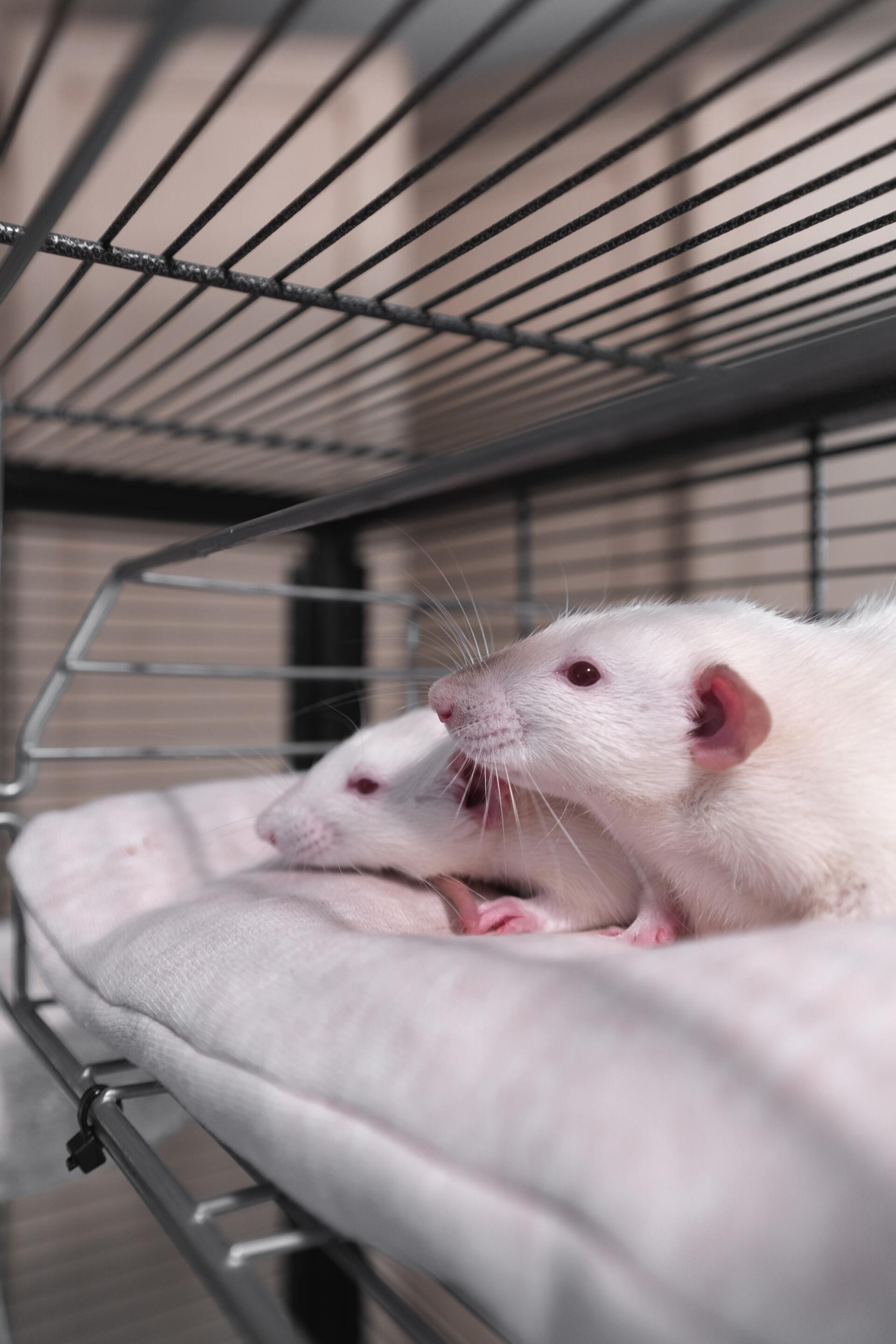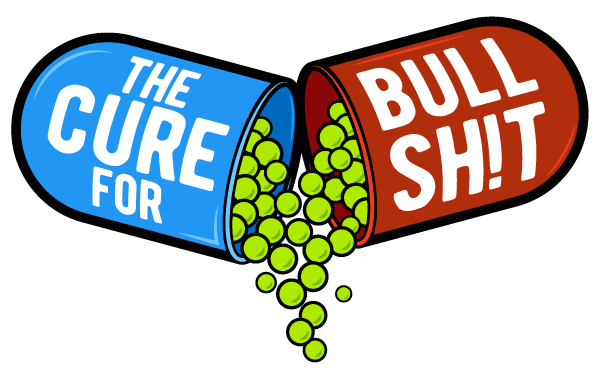
Episode 4 | 1/17/2024
Sabbatical from Hell:
An Interview with Yvonne Rogalski
In this episode we sit down with Yvonne Rogalski, a speech and language pathology professor, researcher, and survivor of a prolonged battle with chronic pain. Yvonne shares her journey through the healthcare system, highlighting the challenges and frustrations she faced while seeking a hysterectomy for her endometriosis. Yvonne's candid account exposes the struggles she faced and the ultimate decision to undergo a private hysterectomy. We dive into the complexities of navigating chronic pain, the discrimination faced by pain patients, and the need for a more compassionate and understanding approach within the healthcare system.
follow on your favorite streaming platform
2:38 – When did you first become a “patient”?
4:58 – Can you talk to your experience with seeing various people and did you feel listened to and trusted?
5:30 – Dynamics of living with pain… What was it like to be a “pain patient”?
13:59 – Story of asking for pain medications during family trip in Athens, Georgia
20:32 – Getting off hormones and discovering Hormone Replacement Therapy
25:00 – Can you tell us about a visit that you had with the doctor where the doctor wanted to talk to your husband Ted about web design?
26:24 – Discussion of power dynamics in the healthcare system between the patient and the doctor
29:00 – Was there any follow-up on the surgeon who made the mistake?
33:00 - If we had a time machine and we could send you back to help Yvonne in 2012, how are things were different? How would you be able to be an advocate for yourself?
38:33 – Are you comfortable with being an assertive and proactive patient?
41:49 – Why did you not get treatment in Canada?
46:21 – How would you define medical bullshit?
mentioned links and resources
Yvonne has left academia in 2022 and is in the process of writing a collection of creative nonfiction about her medical mishap. She also has a YouTube channel!
Still Life: Comedy, Tragedy, Clipart
our guest

Yvonne Rogalski
Yvonne Rogalski, formerly an associate professor at Ithaca College in the department of Speech-Language Pathology and Audiology, contributed significantly to the academic landscape. In her role, she instructed courses encompassing cognitive communication disorders, aphasia, motor speech disorders, and neuroanatomy. Her research pursuits were diverse, focusing on discourse analysis and treatment, alongside exploring memory and cognition within typical aging and populations with acquired communication disorders.
theme music
theme song provided by Timothy Ott and The Daily Afflictions
Check out our theme song "Prescription Kills" and more music by The Daily Afflictions on Spotify
read more about these topics







